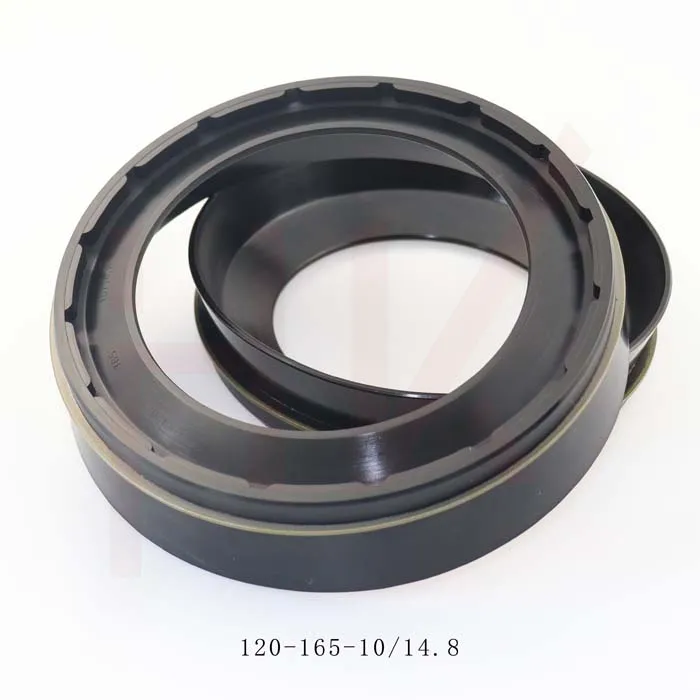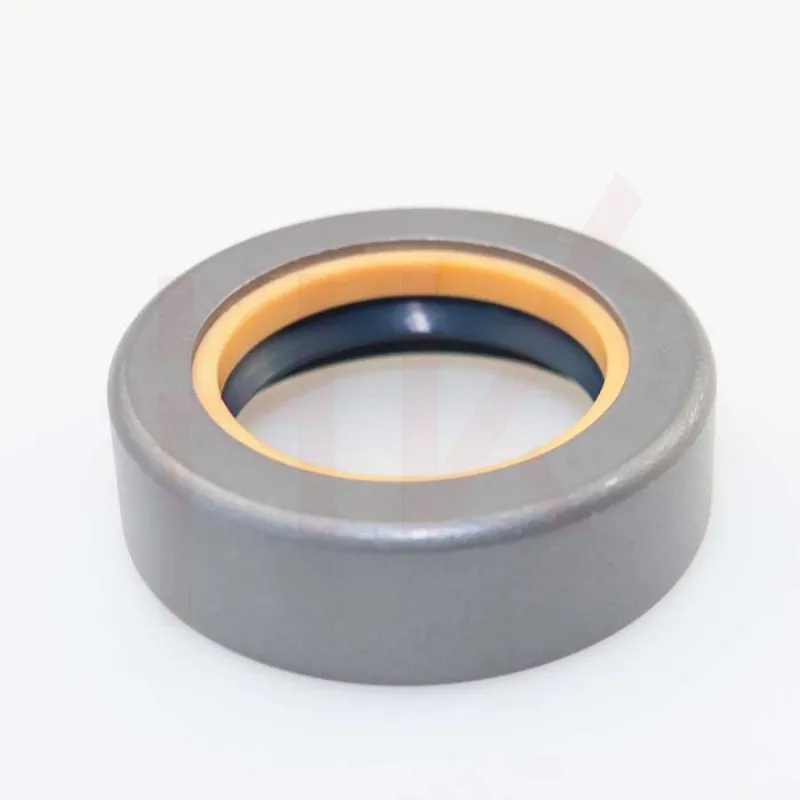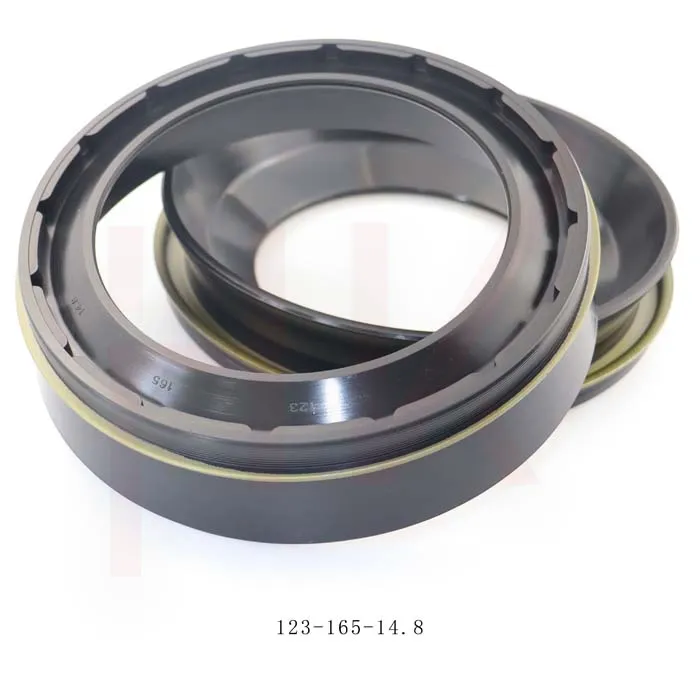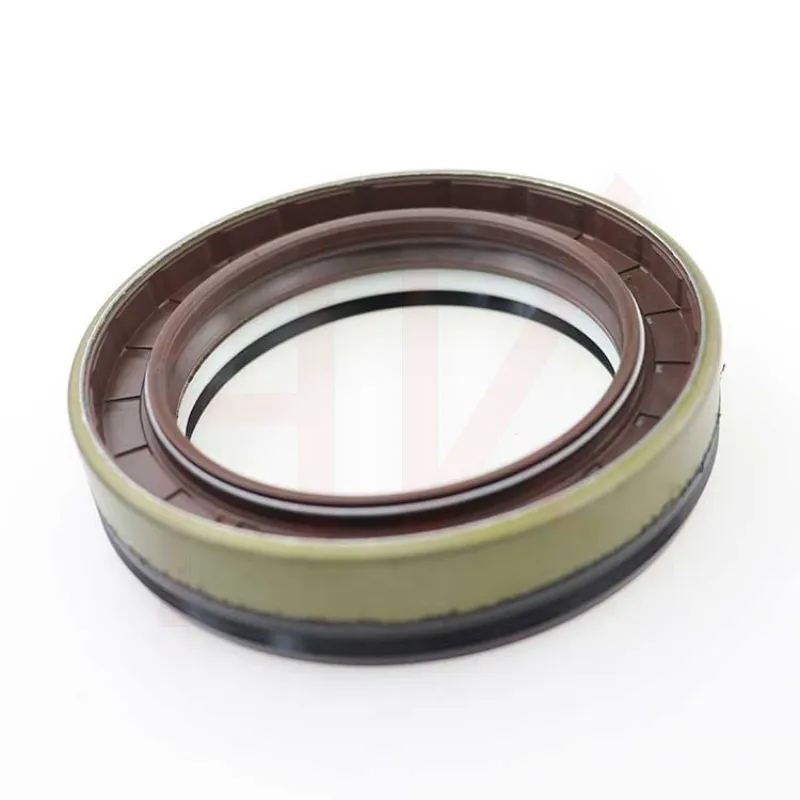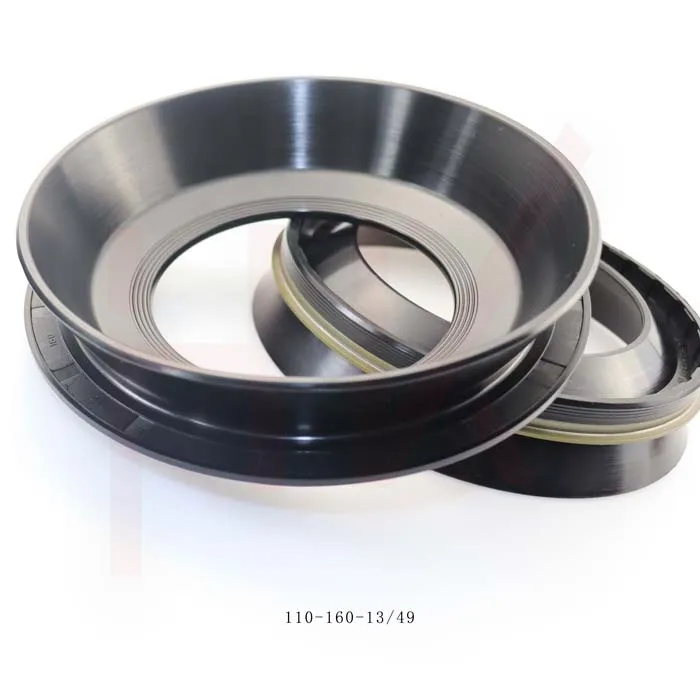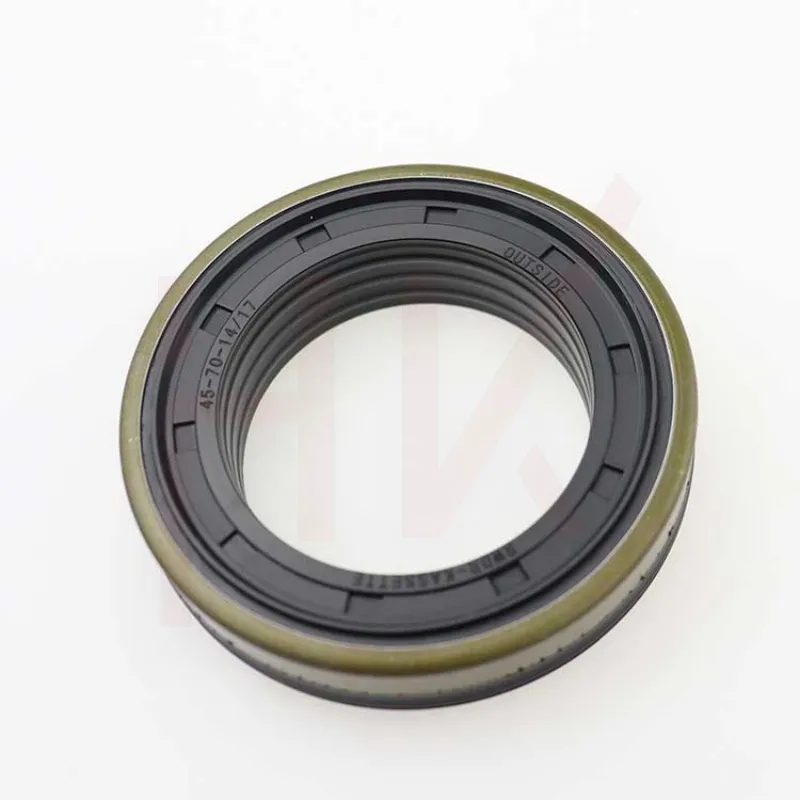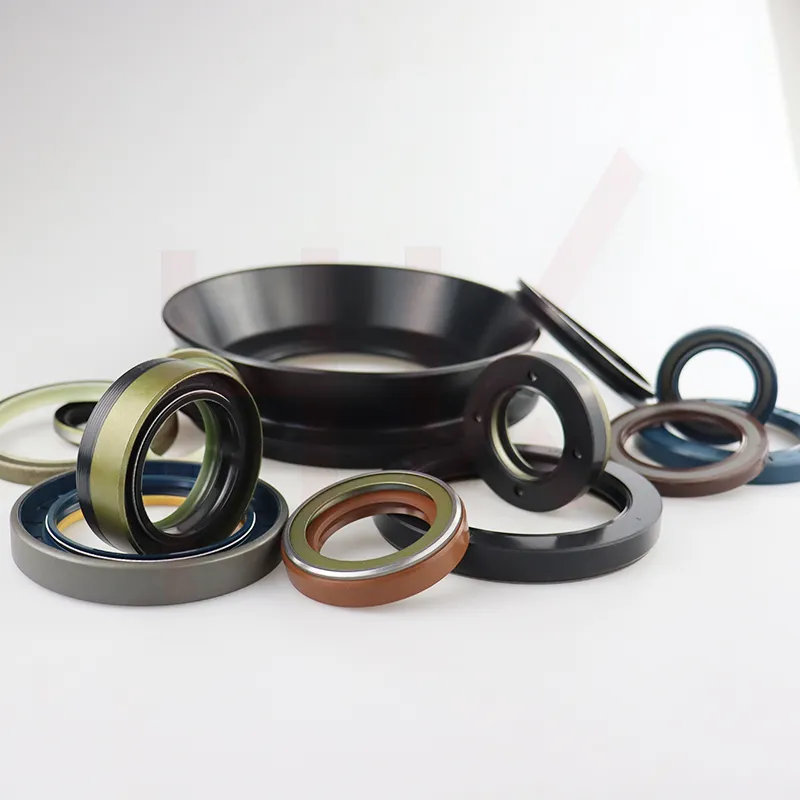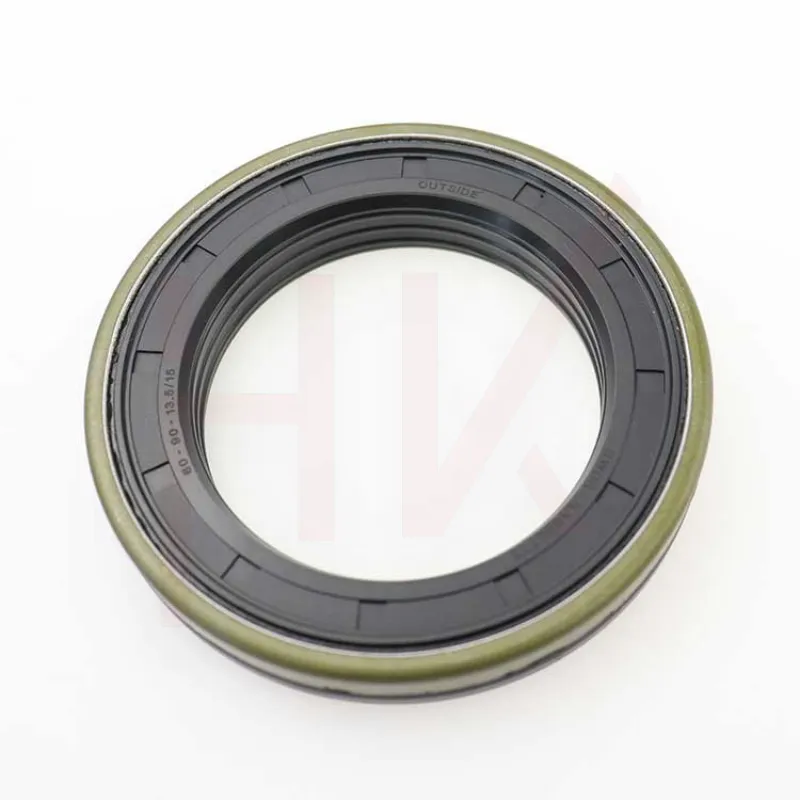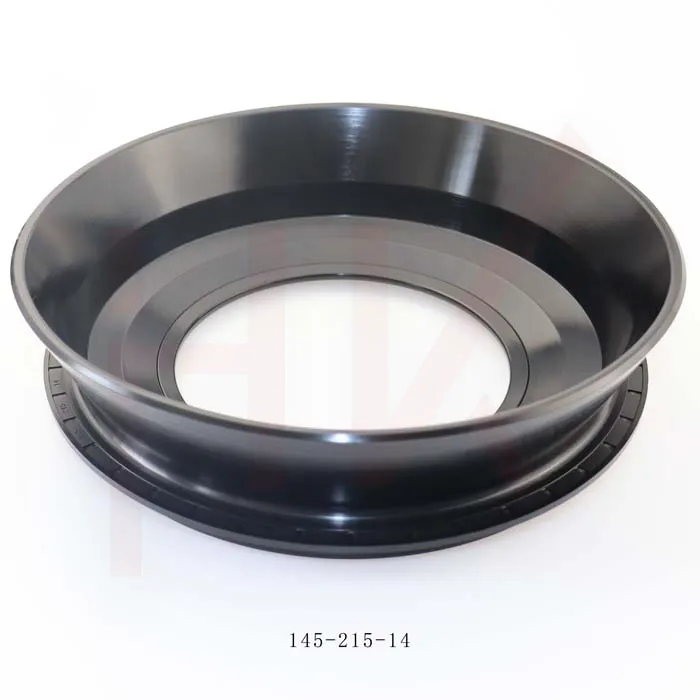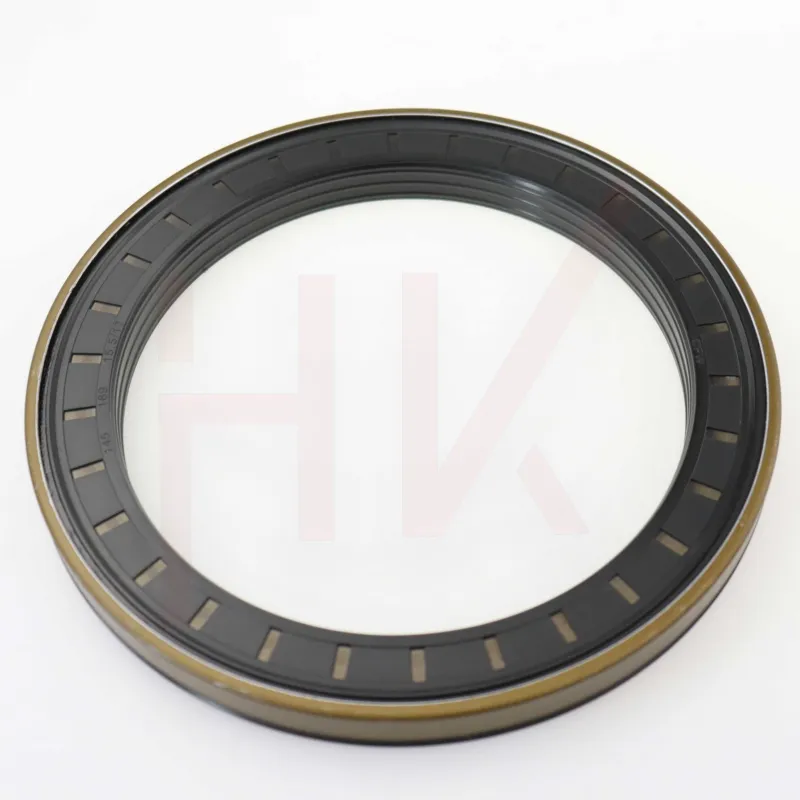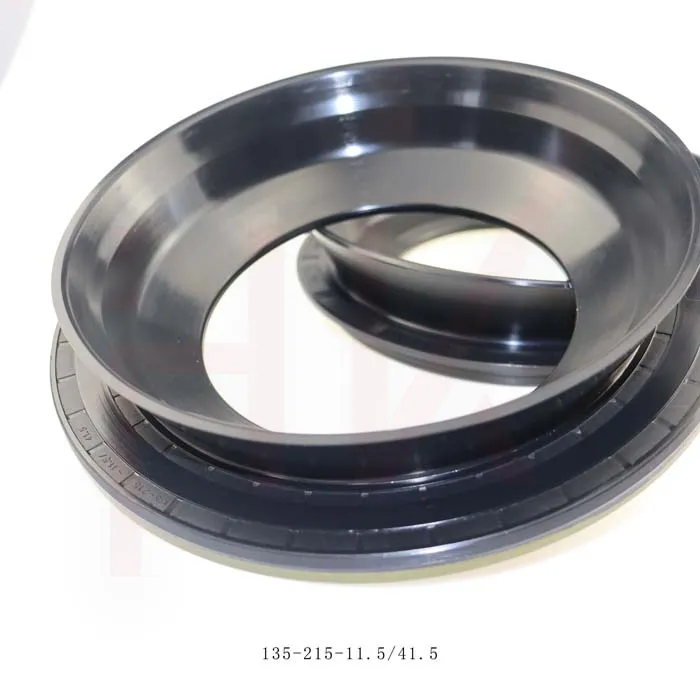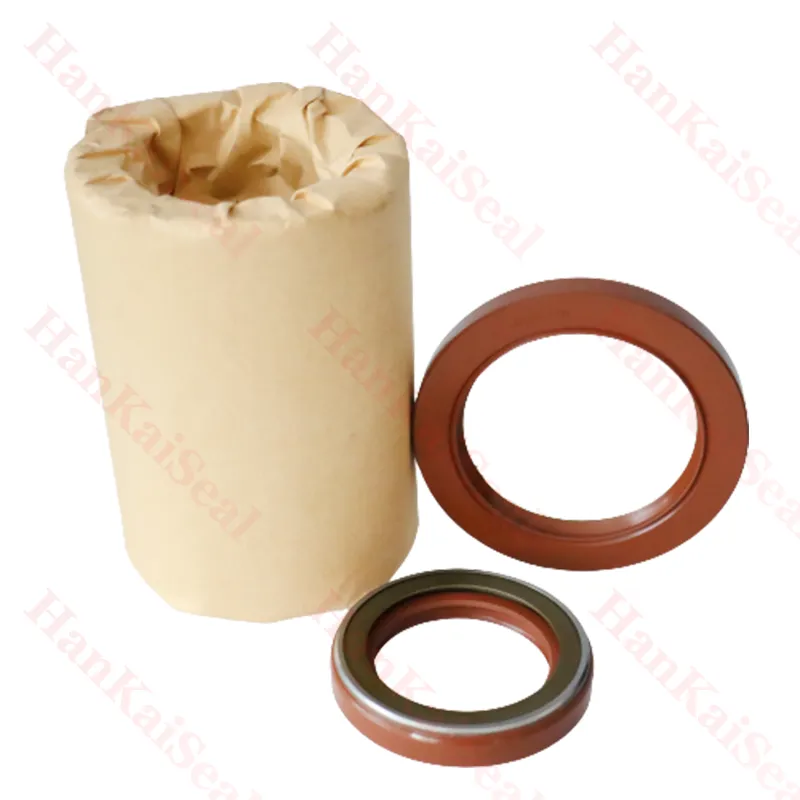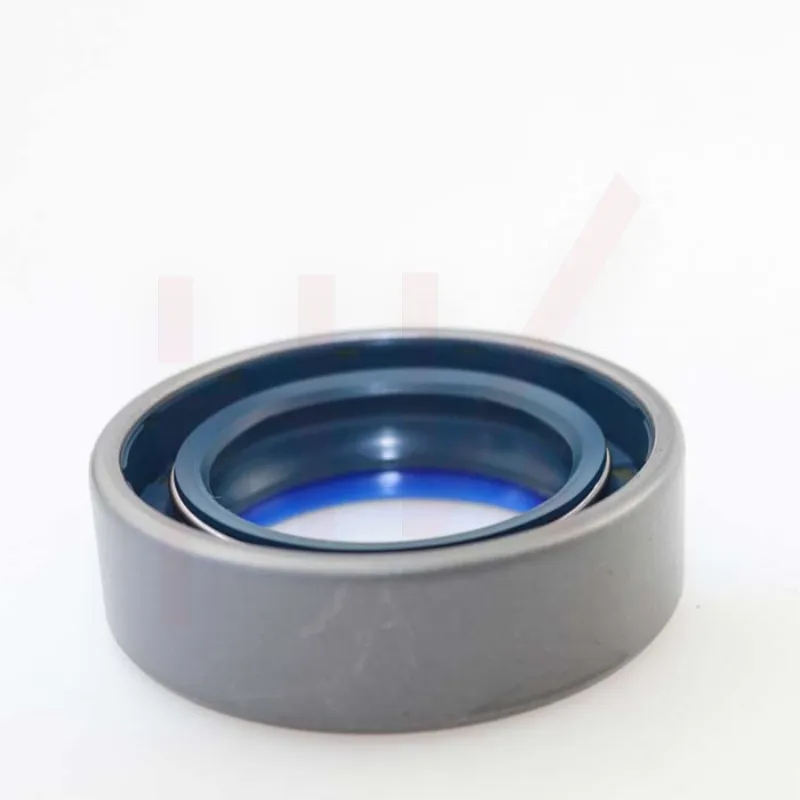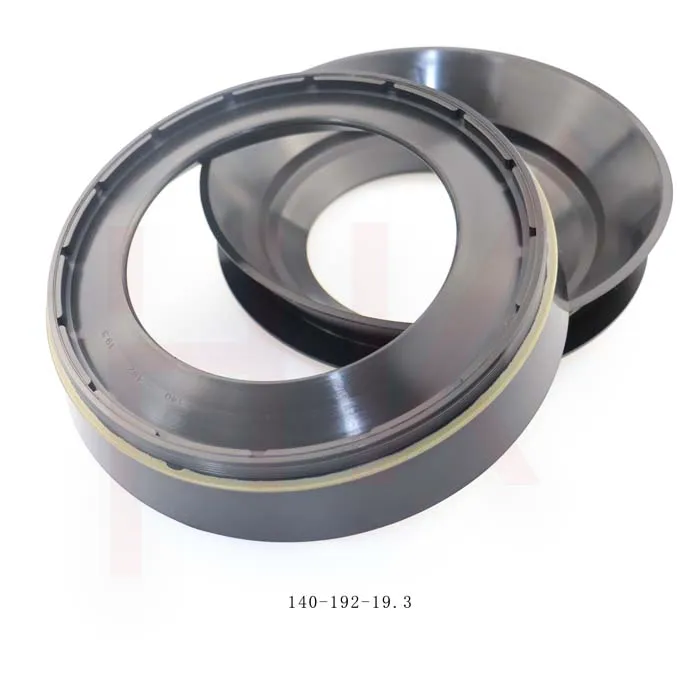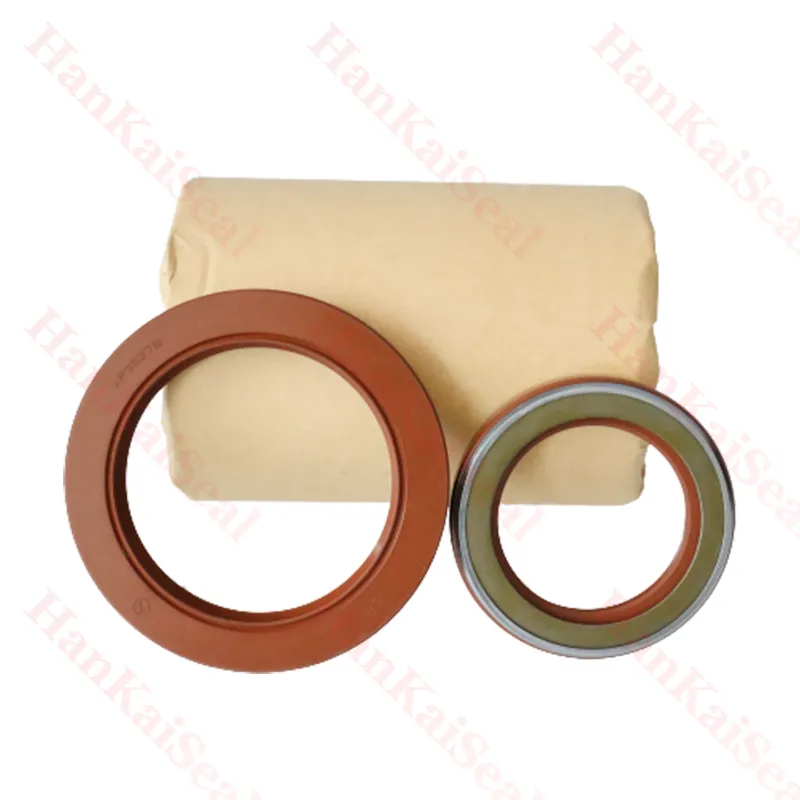Jul . 10, 2024 20:19 Back to list
Hydraulic cylinder seal for preventing dust penetration and maintaining optimal performance
A hydraulic cylinder dust seal plays a crucial role in preventing contaminants such as dirt, dust, and moisture from entering the hydraulic system. Without an effective dust seal, these contaminants can cause serious damage to the hydraulic cylinder and other components of the system.
The dust seal is typically located at the rod end of the hydraulic cylinder, where it seals the area between the rod and the cylinder barrel. It is usually made of a durable material such as rubber or polyurethane that can withstand the harsh conditions of the hydraulic system.
One of the primary functions of the dust seal is to protect the internal components of the hydraulic cylinder from abrasive particles that can cause wear and tear. When these contaminants enter the system, they can cause damage to the piston rod, cylinder barrel, seals, and other critical components. This can result in leaks, reduced performance, and ultimately, system failure.
In addition to protecting the internal components of the hydraulic cylinder, the dust seal also helps to maintain the efficiency and performance of the system. When contaminants enter the system, they can cause friction between moving parts, which can reduce the efficiency of the system and increase energy consumption

hydraulic cylinder dust seal. By effectively sealing out dust and other contaminants, the dust seal helps to ensure smooth operation and optimal performance of the hydraulic cylinder. Furthermore, the dust seal plays a critical role in extending the service life of the hydraulic cylinder. By preventing contaminants from entering the system, the dust seal helps to reduce the risk of damage and wear to internal components. This can result in fewer maintenance requirements, lower repair costs, and a longer service life for the hydraulic cylinder. Overall, the hydraulic cylinder dust seal is an essential component of the hydraulic system that plays a crucial role in protecting internal components, maintaining efficiency, and extending the service life of the hydraulic cylinder. It is important to regularly inspect and replace the dust seal as needed to ensure optimal performance and prevent costly damage to the system. By investing in a high-quality dust seal and practicing proper maintenance, operators can help to keep their hydraulic systems running smoothly and efficiently for years to come.

hydraulic cylinder dust seal. By effectively sealing out dust and other contaminants, the dust seal helps to ensure smooth operation and optimal performance of the hydraulic cylinder. Furthermore, the dust seal plays a critical role in extending the service life of the hydraulic cylinder. By preventing contaminants from entering the system, the dust seal helps to reduce the risk of damage and wear to internal components. This can result in fewer maintenance requirements, lower repair costs, and a longer service life for the hydraulic cylinder. Overall, the hydraulic cylinder dust seal is an essential component of the hydraulic system that plays a crucial role in protecting internal components, maintaining efficiency, and extending the service life of the hydraulic cylinder. It is important to regularly inspect and replace the dust seal as needed to ensure optimal performance and prevent costly damage to the system. By investing in a high-quality dust seal and practicing proper maintenance, operators can help to keep their hydraulic systems running smoothly and efficiently for years to come.
Latest news
-
Wiper Oil Seal: Our Commitment to Clean Hydraulics
NewsAug.13,2025
-
Hydraulic Oil Seal for Self Discharging Cars
NewsAug.13,2025
-
Hub Oil Seal for Agricultural Tractor Hubs
NewsAug.13,2025
-
Skeleton Oil Seal with NBR Material
NewsAug.13,2025
-
Rotary Lip Seal for High Pressure Applications
NewsAug.13,2025
-
Cylinder Seal Kits Our Legacy of Hydraulic Trust
NewsAug.13,2025
-
Unlocking the Potential of Hydraulic Systems with Essential Sealing Solutions
NewsAug.06,2025
Products categories

